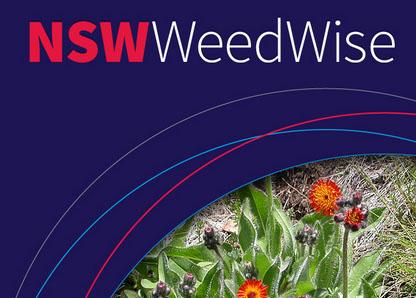Weeds are among the top most serious threats to Australia's natural environment and primary production industries. They displace native species, contribute significantly to land degradation, and reduce farm and forest productivity.
Thirty two Weeds of National Significance (WoNS) have been identified by Australian governments based on their invasiveness, potential for spread and environmental, social and economic impacts. A list of 20 WoNS was endorsed in 1999 and a further 12 were added in 2012.
A weed is any plant that requires some form of action to reduce its effect on the economy, the environment, human health and amenity. Weeds are also known as invasive plants or plants that are growing in the wrong place at the wrong time. Many plants that have been introduced into Australia as ornamental or garden plants in the last 200 years are now weeds.
Weeds are just one of a number of threats impacting on Australia's natural environment. In the last 200 years vast areas of native vegetation have been cleared or degraded, resulting in adverse effects on biodiversity, soil and water quality and assisting in the spread of weeds, feral pests and diseases.
Weeds are one of the major threats to the natural environment. They are destroying native habitats, threatening native plants and animals and choking our natural systems including rivers and forests.
Not all of Australia's weeds have come from other countries. Australian native plants can also become weeds when given the opportunity. This usually occurs when species move or are moved from their natural habitat into new areas where they have a competitive advantage over the indigenous plants, allowing them to establish and become naturalized. Native plants can also become weeds when characteristics within their natural habitat change, enabling them to better compete with other species and increase their population size and/or density.

